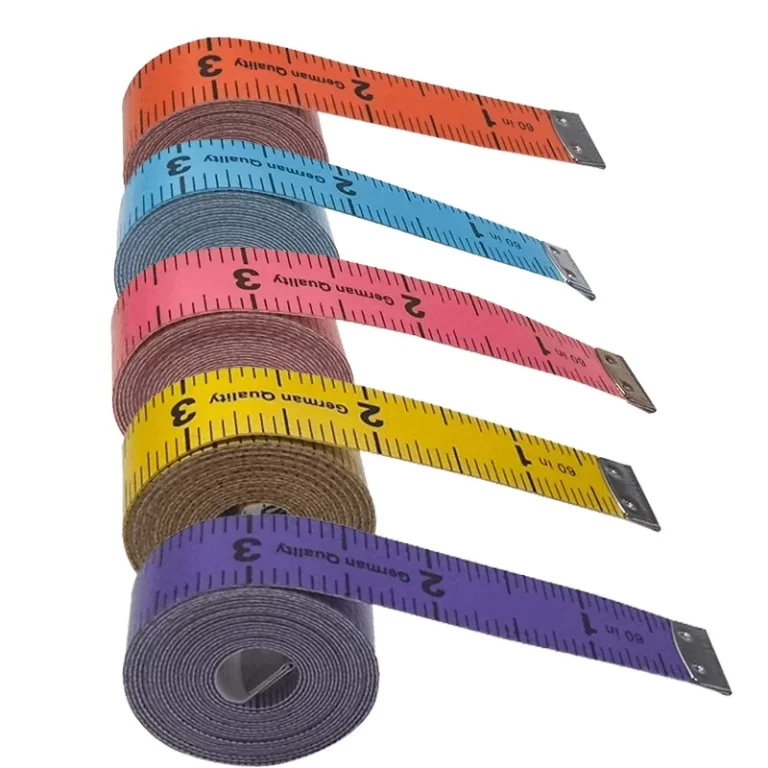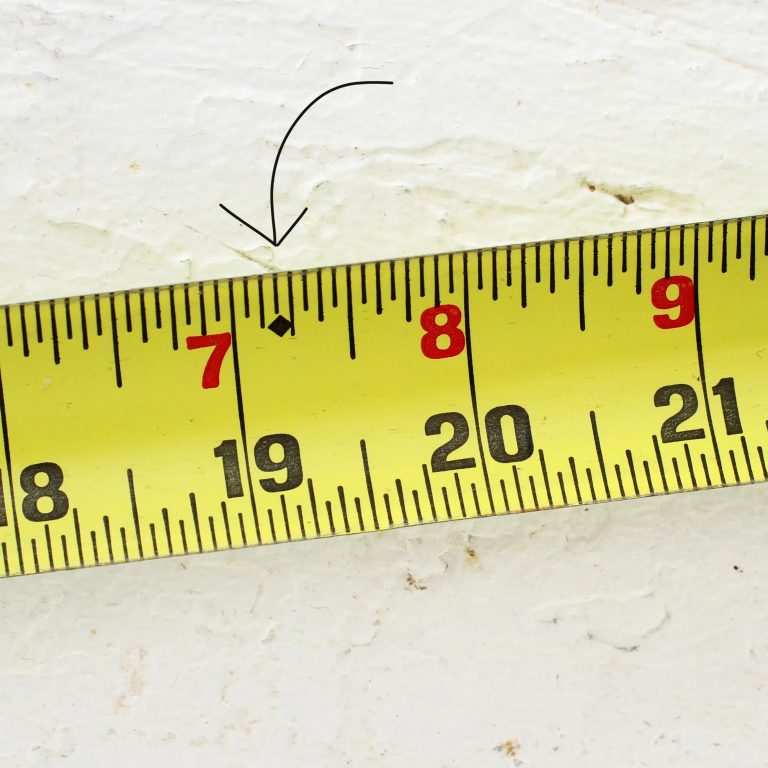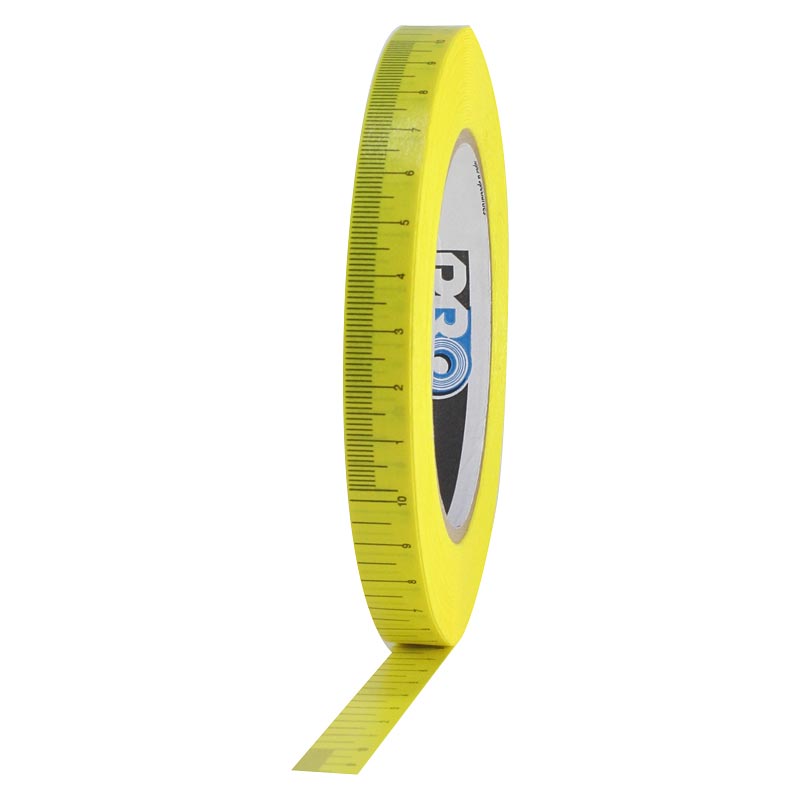
MM Tape Measure: Accurate Measurements with Metric Precision
When precision and versatility are paramount in your projects, whether in construction, crafting, or engineering, having the right measuring tool is essential. An mm tape measure stands out as a crucial instrument, offering millimeter accuracy and adaptability across various applications. This comprehensive guide explores the features, benefits, and best practices for selecting and using an mm tape measure, ensuring that your measurements are always precise and your projects successful.
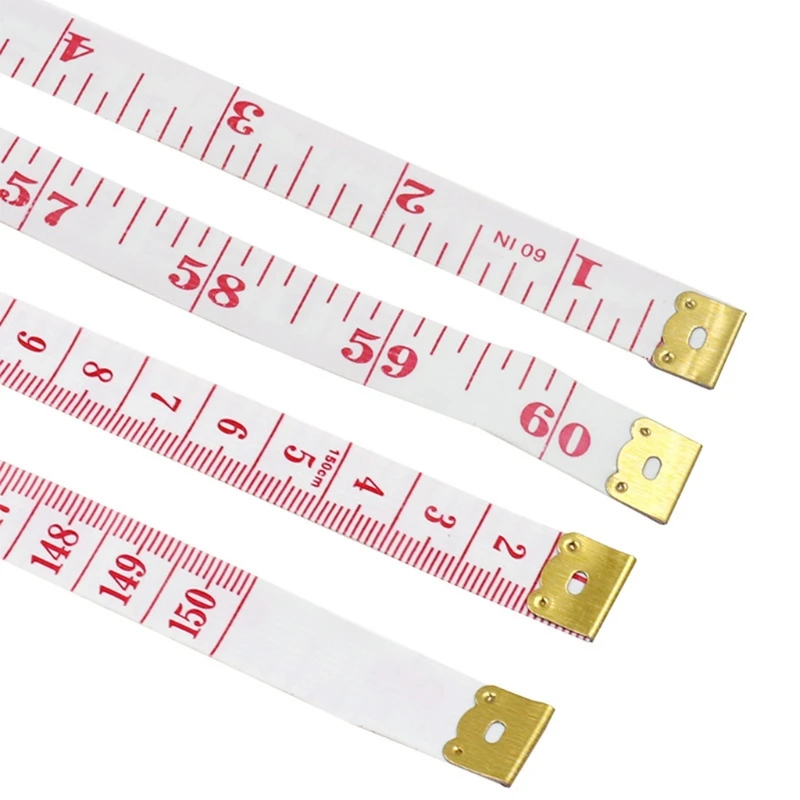 Understanding the MM Tape Measure
Understanding the MM Tape Measure
What is an MM Tape Measure?
An mm tape measure, short for millimeter tape measure, is a flexible measuring tool marked with metric units, specifically millimeters and centimeters. Unlike imperial tape measures that use inches, mm tape measures provide finer precision, making them ideal for tasks that require exact measurements. Typically made from durable materials like fiberglass or reinforced metal, these tapes are designed to withstand rigorous use in a variety of environments.
Key Features of MM Tape Measures
MM tape measures come equipped with several distinctive features that enhance their functionality:
- Metric Precision: Markings in millimeters and centimeters allow for precise measurements, essential for detailed projects.
- Durable Construction: High-quality materials ensure longevity, even under challenging conditions.
- Reinforced Hooks: The end hooks are often reinforced to prevent damage and ensure accurate starting points.
- Locking Mechanism: A reliable locking mechanism holds the tape in place, facilitating hands-free measuring.
- Ergonomic Design: Comfortable grips make the tape easy to handle, reducing fatigue during extended use.
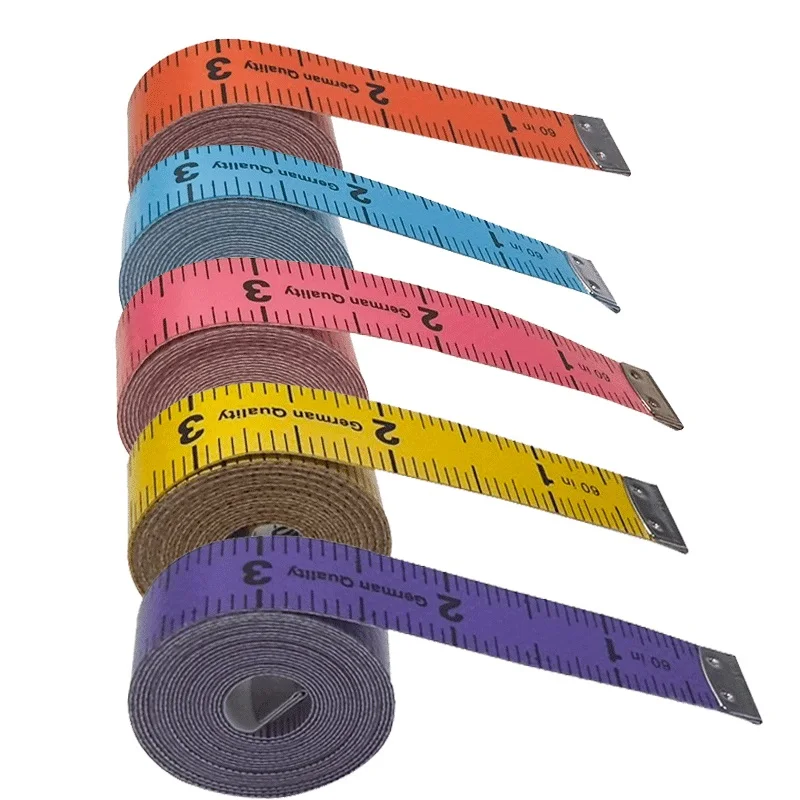 Choosing the Right Tape Measure
Choosing the Right Tape Measure
Material and Durability
When selecting an mm tape measure, the material is a crucial factor to consider. Fiberglass tapes offer flexibility and resistance to stretching, making them ideal for projects that require bending or curving the tape around objects. On the other hand, metallic tapes provide robust durability and are suitable for heavy-duty applications. Evaluating the typical conditions of your projects will help you choose the most appropriate material.
Length and Measurement Range
MM tape measures come in various lengths, typically ranging from 2 meters to 10 meters. The appropriate length depends on the nature of your projects. For detailed, small-scale tasks, a shorter tape may suffice, while larger construction or outdoor projects might necessitate a longer measurement range. Assessing your specific needs will ensure you select a tape measure that offers adequate coverage without unnecessary bulk.
Precision and Markings
Accuracy is paramount in measurement tools. Ensure that the mm tape measure you choose has clearly marked millimeter and centimeter graduations. Additionally, some tapes include color-coded markings or highlighted benchmarks for improved visibility and ease of reading. High-precision tapes often feature non-slip coatings or additional features that enhance measurement reliability.
Locking and Retraction Mechanisms
A reliable locking mechanism is essential for maintaining measurements without strain. Look for mm tape measures with smooth, easy-to-operate locks that secure the tape firmly in place. Similarly, an efficient retraction mechanism ensures quick and effortless tape withdrawal and retraction, minimizing wear and tear over time.
Brand Reputation and Warranty
Opting for a reputable brand can significantly impact the quality and longevity of your mm tape measure. Established brands often adhere to higher manufacturing standards and offer warranties that protect against defects and premature wear. Reading customer reviews and seeking recommendations can help identify tape measures that consistently perform well in real-world applications.
Best Practices for Using
Proper Measurement Techniques
To achieve the highest level of accuracy with your mm tape measure, employ proper measurement techniques. Start by securing one end of the tape firmly at the starting point, ensuring it is parallel to the object being measured. Extend the tape slowly to prevent it from bending or twisting, and avoid stretching the tape beyond its intended use to maintain precision.
Regular Calibration and Maintenance
Maintaining your mm tape measure is essential for consistent performance. Regularly inspect the tape for signs of wear, such as frayed edges or faded markings. Cleaning the tape with a damp cloth can prevent dirt and debris from obscuring measurement marks. Additionally, periodically recalibrate the tape measure to ensure its accuracy, especially if it undergoes frequent use or harsh conditions.
Safe Storage Practices
Storing your mm tape measure properly extends its lifespan and preserves its functionality. Keep the tape in a dry, temperature-controlled environment to prevent damage from moisture or extreme heat. Using a protective case or sleeve can shield the tape from physical damage and keep the markings intact.
Avoiding Common Measurement Errors
Several common errors can compromise the accuracy of your measurements. These include not keeping the tape straight, using excessive force to pull the tape, and misreading the scale. By being mindful of these pitfalls and adhering to best practices, you can ensure that your measurements remain precise and reliable.
Common Uses
Construction and Carpentry
In construction and carpentry, precision is crucial for ensuring structures are built correctly and safely. An mm tape measure allows builders and carpenters to measure materials accurately, from the dimensions of lumber to the spacing of fixtures. This precision helps in creating plans that are both accurate and efficient, reducing material waste and ensuring structural integrity.
Engineering and Manufacturing
Engineers and manufacturers rely heavily on accurate measurements to design and produce components that fit together seamlessly. An mm tape measure provides the exact measurements needed for detailed specifications, ensuring that parts meet stringent tolerances. This accuracy is vital in fields like aerospace, automotive, and electronics, where even minor discrepancies can have significant consequences.
Sewing and Fashion Design
In the realm of sewing and fashion design, an mm tape measure is indispensable for taking precise body measurements and creating accurate patterns. Fashion designers use these measurements to ensure that garments fit perfectly, while tailors rely on the tape to adjust patterns for different body types. The fine graduations of an mm tape measure offer the precision necessary for high-quality tailoring and design work.
Home Improvement Projects
Homeowners and DIY enthusiasts use mm tape measures for various improvement tasks, such as installing cabinets, hanging artwork, or measuring spaces for furniture placement. The flexibility and accuracy of an mm tape measure make it a valuable tool for ensuring that installations are level, aligned, and proportionate to the space.
Automotive and Mechanical Work
In automotive and mechanical work, precision measurements are essential for tasks like engine tuning, part replacement, and maintenance. An mm tape measure allows mechanics to measure components accurately, ensuring proper fit and function. This precision helps in diagnosing issues, performing repairs, and maintaining the overall performance of vehicles and machinery.
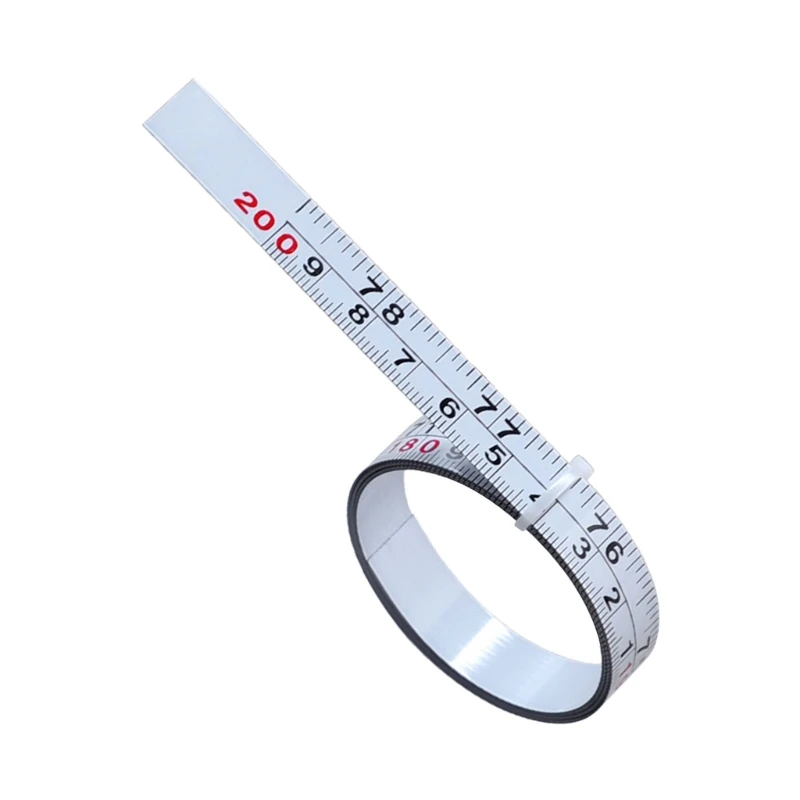 Selecting the Best MM Tape Measure for Your Needs
Selecting the Best MM Tape Measure for Your Needs
Top-Rated MM Tape Measures on the Market
Several mm tape measures have garnered positive reviews for their reliability and performance. Models from brands like Stanley, Bosch, and Mitutoyo are often recommended for their durability and precision. When selecting an mm tape measure, consider factors such as build quality, ease of use, and additional features that enhance functionality.
Price Range and Value for Money
MM tape measures are available across various price points, catering to different budgets and requirements. While higher-priced models often offer enhanced durability and precision, there are also affordable options that provide reliable performance for less demanding tasks. Assessing your specific needs and budget will help you determine the best value-for-money option without compromising on quality.
Brand Reputation and Customer Reviews
Choosing a tape measure from a reputable brand can provide assurance of quality and performance. Reading customer reviews and testimonials can offer insights into the tape measure’s real-world performance, durability, and user satisfaction. Brands with a strong reputation typically invest in research and development, ensuring their products meet high standards of accuracy and longevity.
Tips for Maintaining
Cleaning and Care
Maintaining your mm tape measure involves regular cleaning and proper handling. After each use, wipe the tape with a dry or slightly damp cloth to remove any dirt or debris that could obscure the markings or damage the tape. Avoid using harsh chemicals or abrasive materials that can wear down the tape’s surface or fade the measurement marks.
Protecting the Tape from Damage
To protect your mm tape measure from damage, handle it with care during measurement and storage. Avoid dropping the tape or applying excessive force when retracting it, as this can cause the tape to kink or stretch. Additionally, keep the tape away from sharp objects that could nick or tear the material, compromising its accuracy.
Extending the Lifespan of Your Tape Measure
By following proper maintenance and care practices, you can significantly extend the lifespan of your mm tape measure. Regularly inspect the tape for signs of wear and address any issues promptly, such as repairing loose hooks or replacing faded markings. Investing in a high-quality tape measure and treating it well ensures that it remains a reliable tool for years to come.
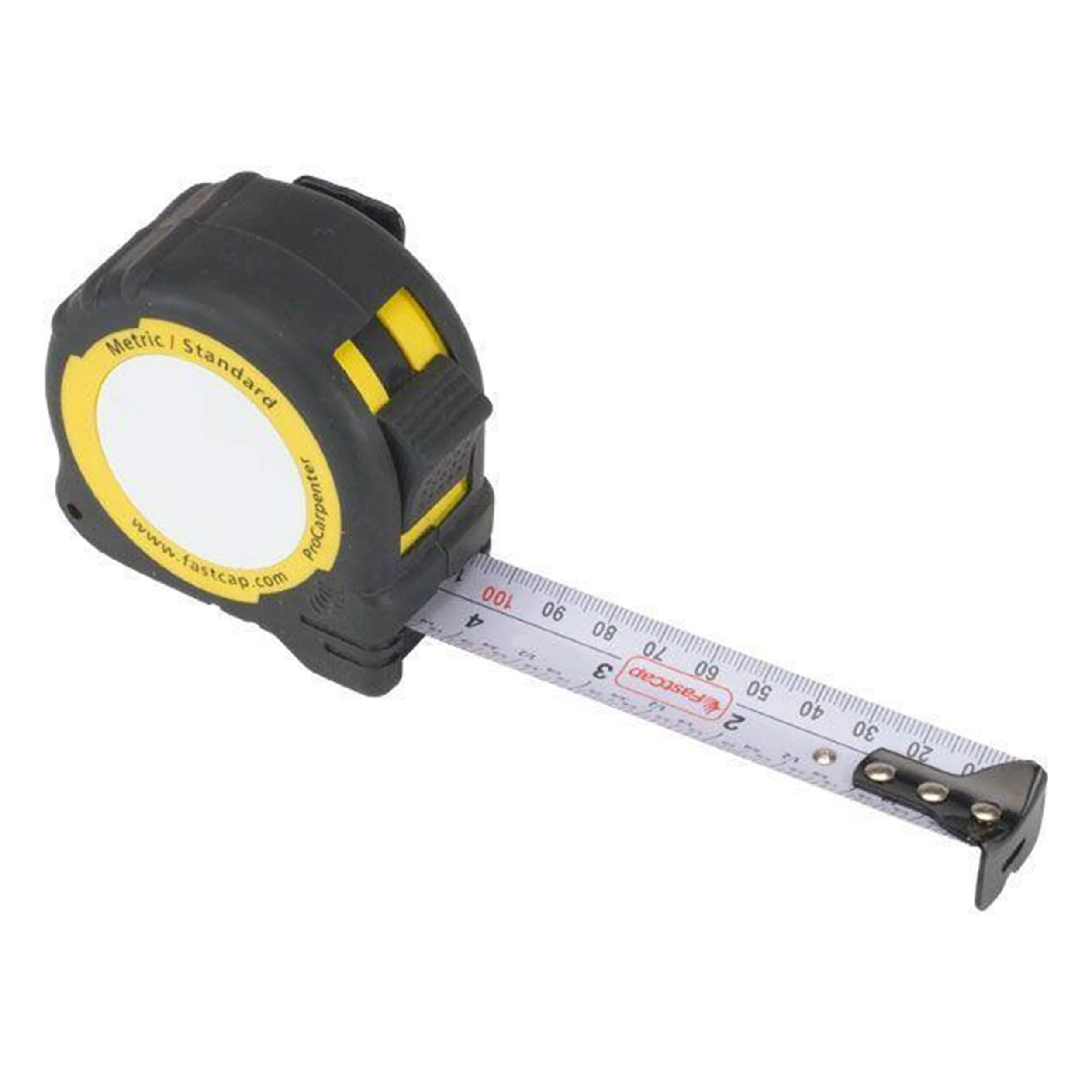 Troubleshooting Common Issues
Troubleshooting Common Issues
Faded or Worn-Out Markings
Over time, the markings on an mm tape measure can fade due to frequent use and exposure to elements. If the markings become difficult to read, consider using a fabric marker to redraw them for improved visibility. Alternatively, investing in a new tape measure with more durable markings can resolve this issue and ensure continued accuracy.
Tangled or Stuck Tape
Sometimes, the tape might become tangled or stuck, making it difficult to use. To fix this, gently untwist the tape and ensure that the retraction mechanism is functioning smoothly. If the tape is persistently stuck, inspect the retraction mechanism for any obstructions or damage and address them accordingly. Regular maintenance can prevent this issue from recurring.
Broken Hooks or Seams
Broken hooks or seams can compromise the functionality of an mm tape measure. If the hook becomes damaged, it may prevent accurate starting points for measurements. In such cases, assess whether the tape measure can be repaired or if it needs to be replaced. For minor repairs, some tools allow for the replacement of hooks, but significant damage might necessitate purchasing a new tape measure.
Comparing MM Tape Measures with Other Measuring Tools
MM Tape Measure vs. Rigid Rulers
While rigid rulers are useful for straight measurements and drawing precise lines, mm tape measures offer greater flexibility and adaptability. MM tape measures can easily wrap around objects and follow curves, making them more versatile for various applications. However, for tasks that require strict straight edges, rigid rulers might be more appropriate. In many cases, having both tools on hand ensures comprehensive measuring capabilities.
MM Tape Measure vs. Steel Tape Measures
Steel tape measures are known for their strength and durability, making them suitable for heavy-duty applications like construction and industrial work. On the other hand, mm tape measures, often made from fiberglass or reinforced materials, provide a balance of flexibility and durability, making them ideal for detailed and precise measurements. The choice between the two depends on the specific requirements of your projects and the environments in which you work.
MM Tape Measure vs. Digital Measuring Tools
Digital measuring tools offer rapid and highly precise measurements with the aid of electronic displays. They are particularly useful in settings where quick data entry and digital integration are beneficial. However, mm tape measures hold advantages in terms of portability, battery-free operation, and ease of use in various conditions without the need for technology. For hands-on tasks that require tactile measurement, mm tape measures remain a reliable and indispensable tool.
Innovative Uses for MM Tape Measures
Creative Arts and Crafts
Beyond traditional measuring, mm tape measures can inspire creativity in arts and crafts projects. Artists can use the tape to create unique patterns, templates, and designs, leveraging its flexibility to produce intricate shapes and forms. The precision of millimeter markings allows for detailed and accurate artistic creations, enhancing the quality and complexity of craft projects.
Educational Purposes
In educational settings, mm tape measures serve as valuable tools for teaching measurement, geometry, and spatial awareness. Students can engage in hands-on learning activities that involve measuring objects, understanding units of measurement, and applying mathematical concepts. This practical application of math can reinforce theoretical knowledge and promote a deeper understanding of measurement principles.
Fashion Design and Pattern Making
Fashion designers and pattern makers rely heavily on mm tape measures to create accurate garment patterns and ensure proper fit. Precise measurements are crucial for translating design concepts into wearable clothing. An mm tape measure allows designers to take exact body measurements, adjust patterns for different sizes, and achieve a high level of accuracy in their designs, ensuring that the final products meet quality standards.
 Conclusion
Conclusion
In conclusion, an mm tape measure is an essential tool for anyone requiring precise and versatile measurements in their projects. Its millimeter accuracy, durability, and adaptability make it superior to many other measuring tools, ensuring that every task, from construction to crafting, is executed with precision and ease. By understanding the features, benefits, and best practices associated with mm tape measures, you can enhance your measurement capabilities and achieve professional results in all your endeavors. Whether you are a seasoned professional or a passionate hobbyist, investing in a high-quality mm tape measure will undoubtedly support your creative and practical needs, making it a valuable addition to your toolkit.
